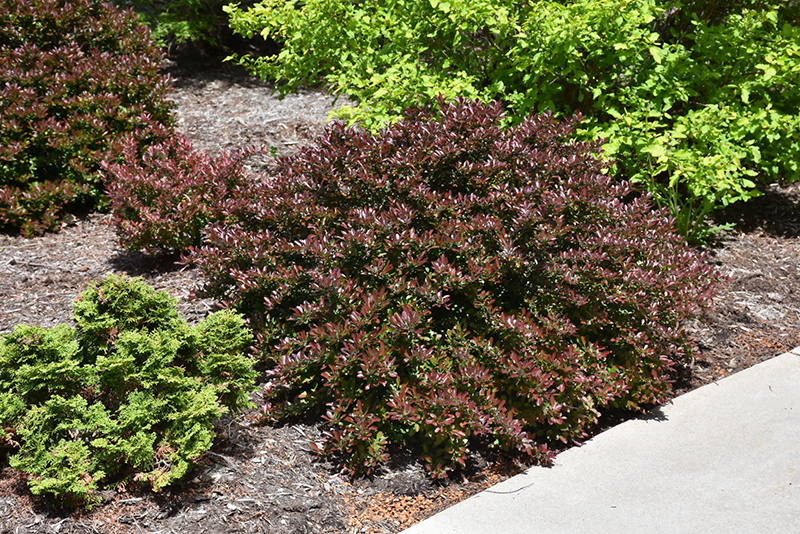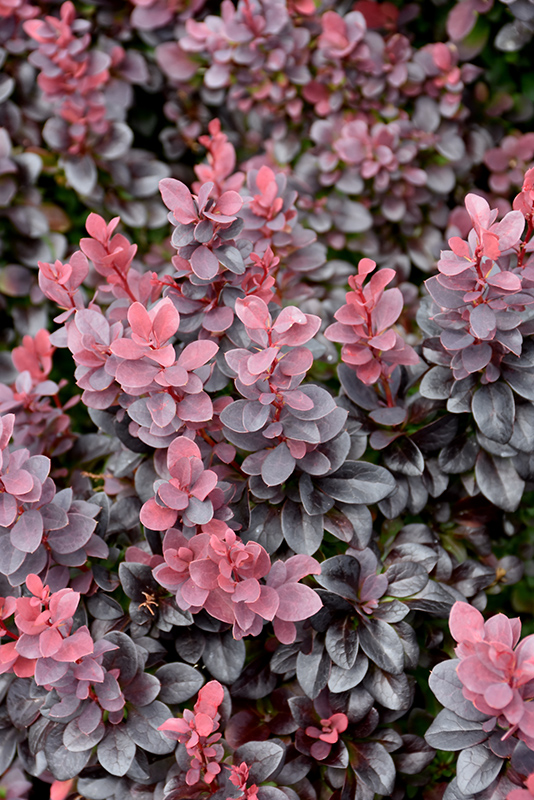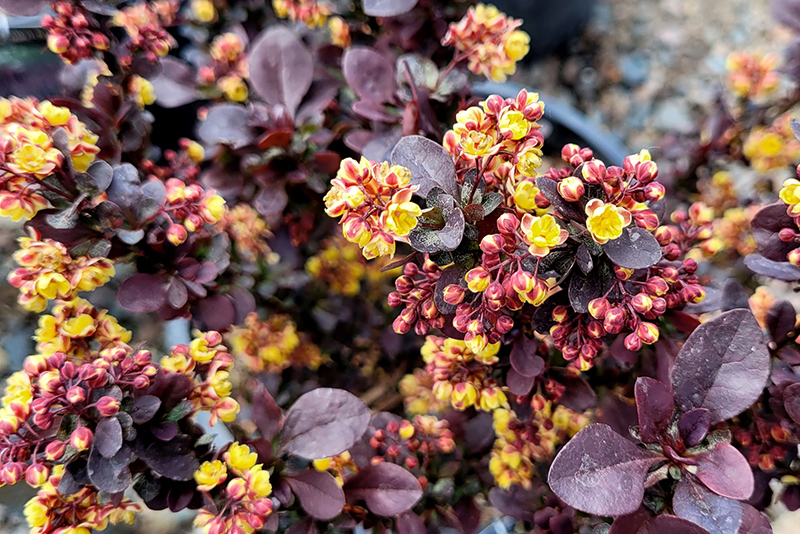Concorde Japanese Barberry Berberis thunbergii 'Concorde' Height: 24 inches Spread: 24 inches
Sunlight:
Hardiness Zone: 4a Description: One of the smallest purple-leaf barberries available, growing into a small, tight and compact mound, ideal for color accent use in the garden or mass planting, even as edging; new growth is red, providing an interesting color contrast Ornamental Features Concorde Japanese Barberry has attractive deep purple deciduous foliage which emerges red in spring on a plant with a mounded habit of growth. The small oval leaves are highly ornamental and turn an outstanding scarlet in the fall. It features tiny clusters of yellow flowers hanging below the branches in mid spring. The fruits are showy scarlet drupes displayed from early to late fall. Landscape Attributes Concorde Japanese Barberry is a dense multi-stemmed deciduous shrub with a mounded form. It lends an extremely fine and delicate texture to the landscape composition which should be used to full effect. This is a relatively low maintenance shrub, and can be pruned at anytime. Deer don't particularly care for this plant and will usually leave it alone in favor of tastier treats. Gardeners should be aware of the following characteristic(s) that may warrant special consideration; Concorde Japanese Barberry is recommended for the following landscape applications; Planting & Growing Concorde Japanese Barberry will grow to be about 24 inches tall at maturity, with a spread of 24 inches. It tends to fill out right to the ground and therefore doesn't necessarily require facer plants in front. It grows at a slow rate, and under ideal conditions can be expected to live for approximately 20 years. This shrub does best in full sun to partial shade. It does best in average to evenly moist conditions, but will not tolerate standing water. This plant should be periodically fertilized throughout the active growing season with a specially-formulated acidic fertilizer. It is not particular as to soil type or pH, and is able to handle environmental salt. It is highly tolerant of urban pollution and will even thrive in inner city environments. This is a selected variety of a species not originally from North America.![]()
![]()
![]()
![]()
![]()
![]()
![]()
![]()
![]()
![]()
![]()
![]()
![]()
![]()
![]()



